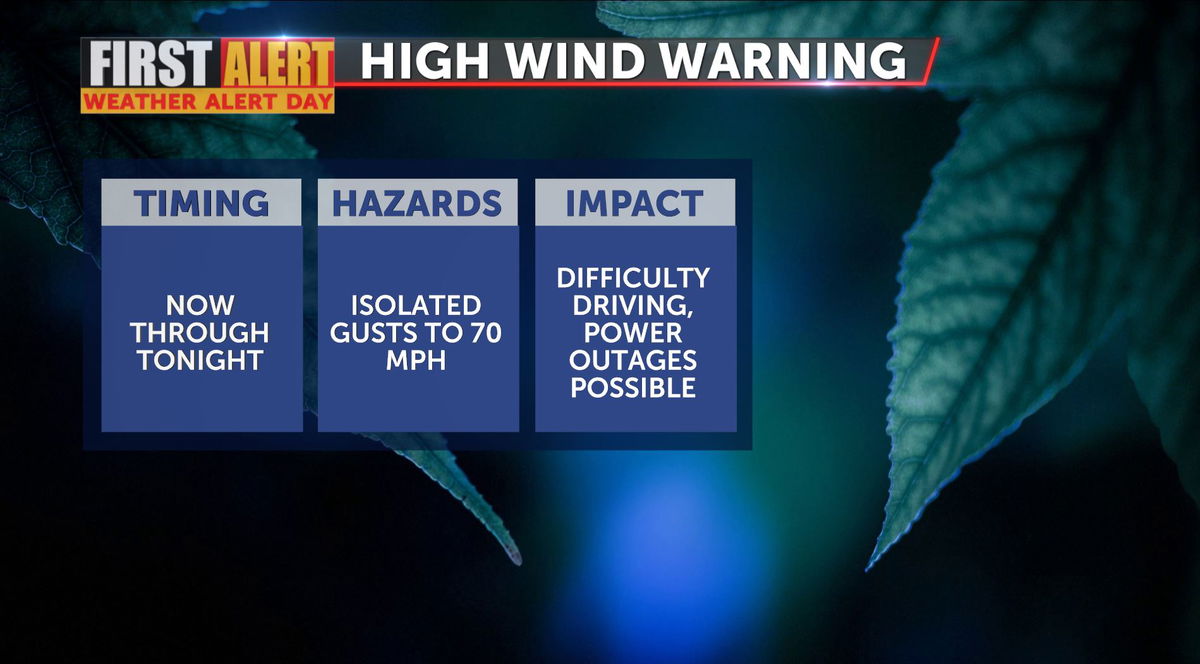

Hurricane force wind/gale warnings - Issued in coastal regions when high winds are predicted.Severe thunderstorm warning - A severe thunderstorm capable of producing 58 mph winds or faster is occurring or imminent.Severe thunderstorm watch - A severe thunderstorm capable of producing 58 mph winds or faster is possible.Wind advisory - Same as a high wind warning, but with slower wind speeds.

High wind warning - Strong, sustained winds with stronger gusts are occurring.High wind watch - Strong, sustained winds are possible.Every National Weather Service forecasting office has its own regional criteria for wind alerts. are naturally windier than others, these warnings may be triggered at different wind speed levels in one place than in another. The National Weather Service issues a range of wind alerts when high winds are predicted or occurring. Read on for tips on how to prepare for a major windstorm, and what to do if one does arrive in your town. While wind is a frequent, and usually benign, natural phenomenon, the effects of windstorms do have potential to cause harm to you and your home, either on their own or in conjunction with other weather conditions. When all those conditions combine, you could be in for winds that endure for days. Finally, large fronts of cold air can also provoke turbulence in the atmosphere. Additionally, wind can result from heavy activity in the jet-stream high in the sky. Heavy winds are typically formed by atmospheric pressure variations, which cause gusts of air to rush in to fill low-pressure zones. The greater the pressure difference, the faster the wind. When these systems collide, air rushes from the high pressure area to the low pressure area, creating wind. Gas particles bundle tightly together in cold air and spread out as the air warms, which is why you may hear masses of cold and warm air referred to as “high pressure systems” and “low pressure systems,” respectively. But dangerously high winds can occur even on a clear day, because the causes of windstorms all come down to temperature. We expect high winds during stormy weather or high-profile storms like tropical storms and hurricanes. Staying safe and minimizing wind damage is a matter of staying alert and responding quickly when high winds are present or predicted. It’s important to understand the causes of windstorms, and what you can do to mitigate any damage they might create. High winds can bring down power lines, cause property damage and pose life-threatening dangers to people and pets. Gusty winds are great for flying kites, windsurfing and hoisting flags, but they’re not all fun and games.


 0 kommentar(er)
0 kommentar(er)
